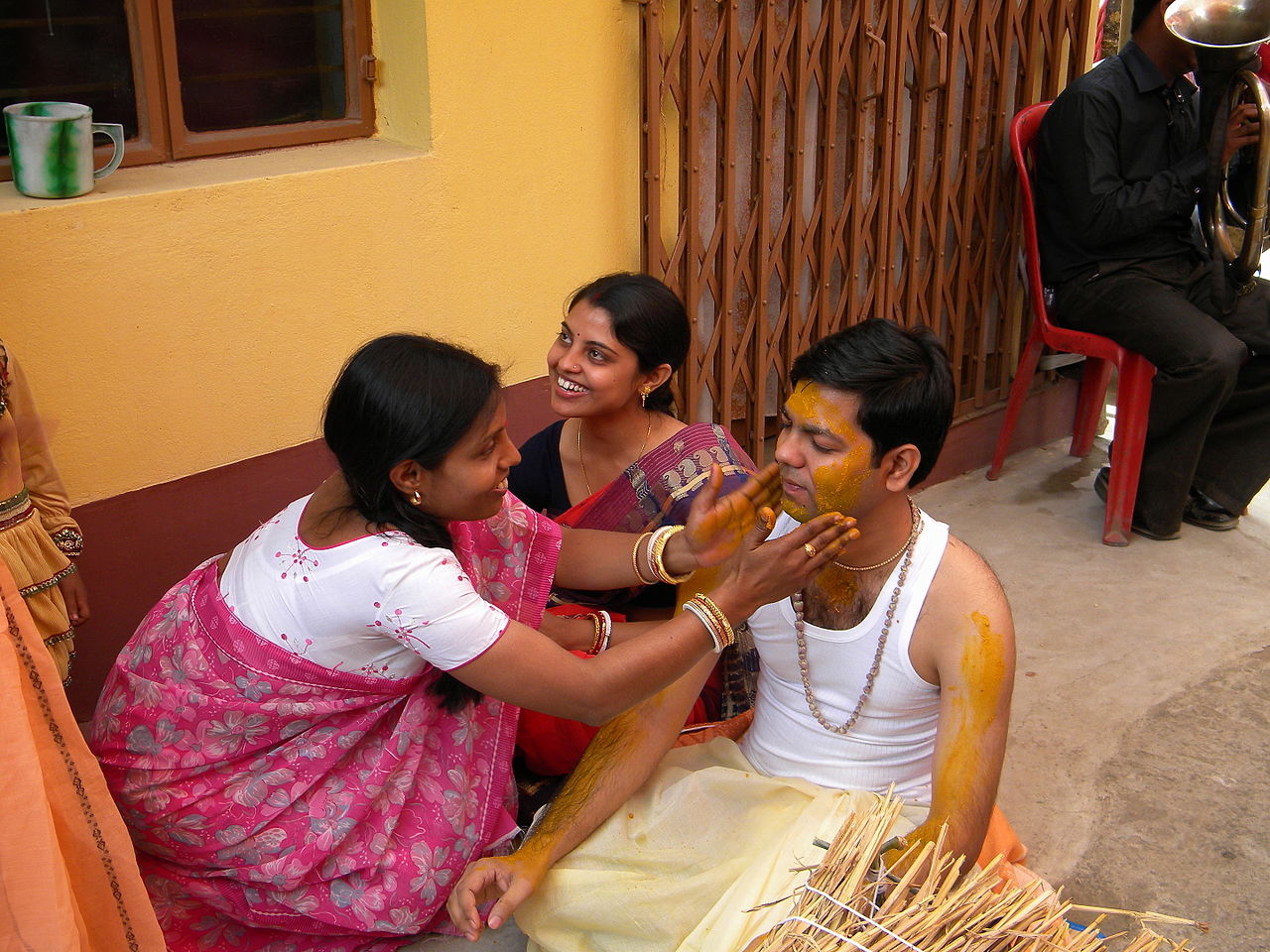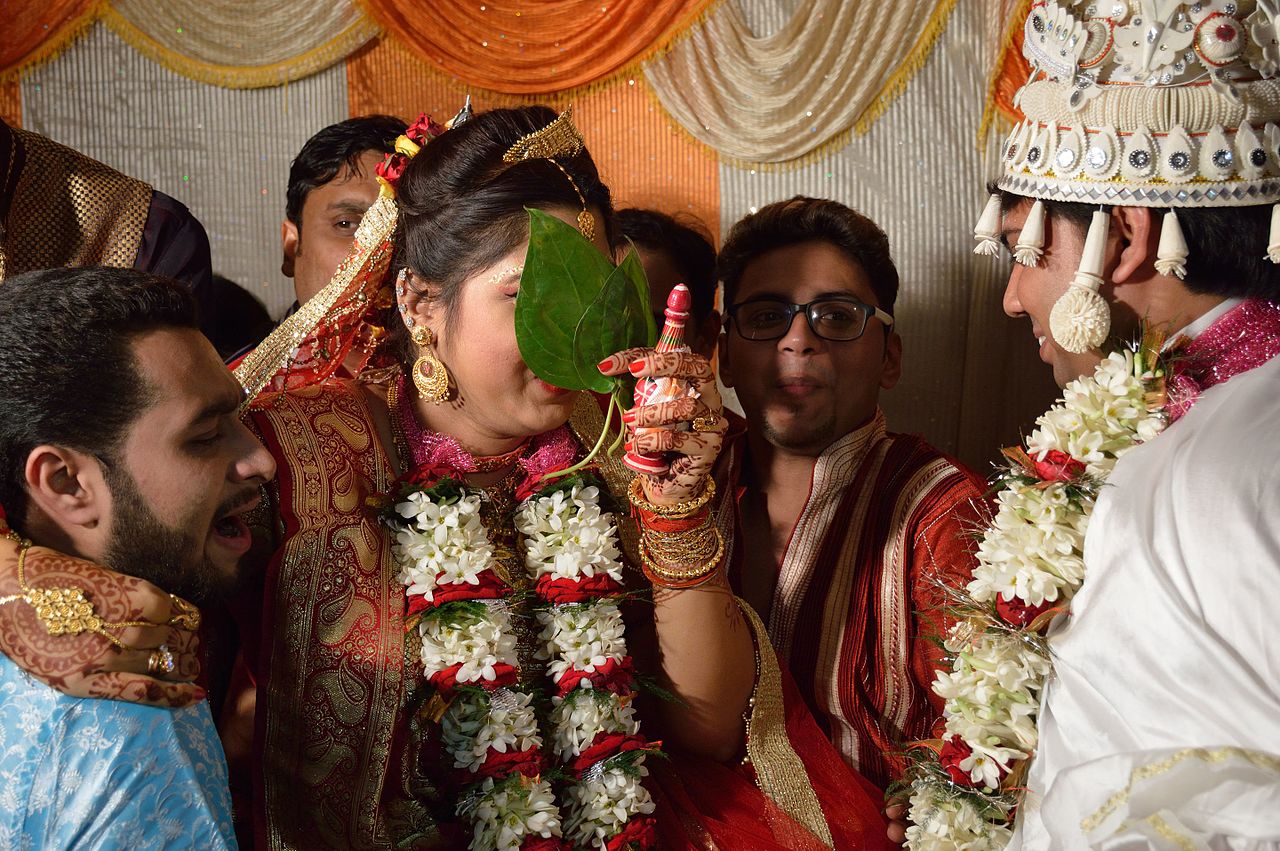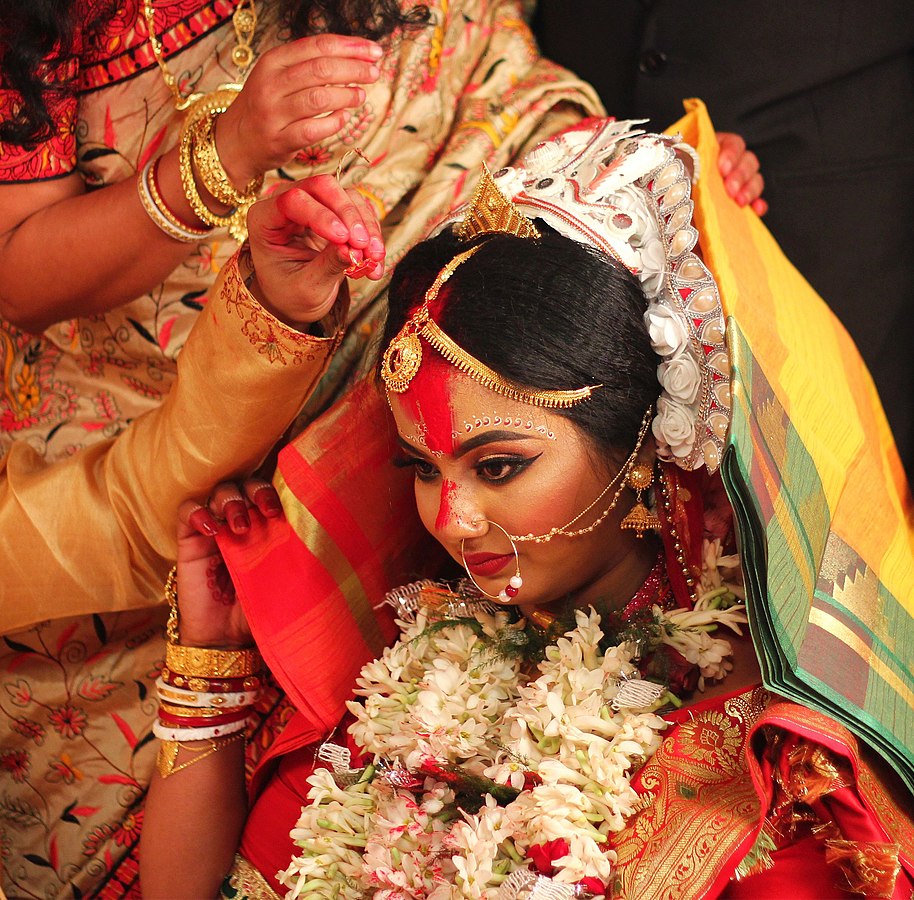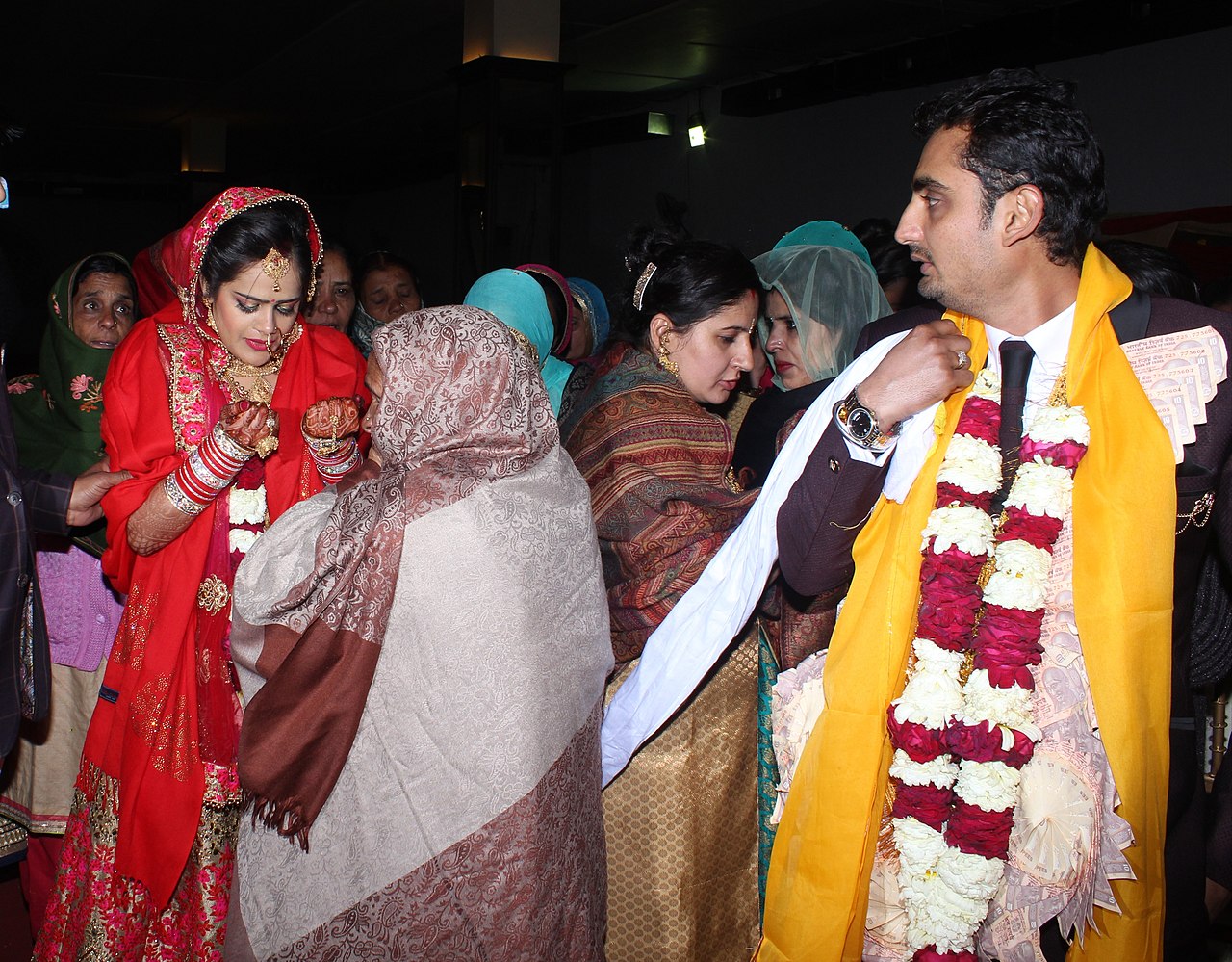A Journey Through Bengali Wedding Traditions and Customs.
Weddings are an integral part of Indian culture, with each region and community having its own set of unique traditions and customs. Bengali weddings are one of the most vibrant and colorful celebrations in India, filled with joy, love, and cultural rituals. In this article, we will take you through the various rituals and ceremonies that make Bengali weddings special, and offer tips on how to experience them firsthand.
Pre-Wedding Rituals


Bengali weddings typically begin with a series of pre-wedding rituals that are performed in the homes of the bride and groom. Some of the common pre-wedding rituals include:
Ashirbad: A blessing ceremony performed by the priest for the bride and groom.
Aai Budo Bhaat: A ceremony where the bride and groom have their last meal as unmarried individuals with their respective families.
Gaye Holud: A ceremony where turmeric paste is applied to the bride and groom’s body for good luck.
The Wedding Ceremony
The wedding ceremony itself is a grand affair, with numerous rituals and customs that span several days. Here are some of the highlights:


Bor Jatri and Bor Boron: The groom and his family arrive at the wedding venue in a grand procession, accompanied by music and dance.
Saat Paak: The bride and groom exchange garlands and are lifted onto a platform, where they circle the sacred fire seven times.
Sindoor Daan and Ghomta: The groom applies sindoor (vermilion powder) on the bride’s forehead and covers her head with a veil.
Bou Bhaat: A special meal served to the bride by the groom’s family to welcome her into their home.
Post-Wedding Rituals

Once the wedding ceremony is over, there are several post-wedding rituals that take place. These include:
Bidaai: The bride bids farewell to her family and leaves with the groom for her new home.
Kal Ratri: The couple spends their first night together as husband and wife.
Phool Sajja: The bride’s family visits the couple’s home and presents them with gifts.
If you’re interested in experiencing Bengali wedding rituals firsthand, there are several ways to do so. Many wedding planners and tour companies offer packages that allow you to attend a traditional Bengali wedding and witness the rituals up close. Alternatively, you can attend local festivals and cultural events in Bengal, where you can see traditional dance and music performances that are an integral part of Bengali weddings.

If you’re looking for accommodations during your stay in Bengal, there are plenty of options to choose from. Many hotels and resorts offer comfortable rooms and amenities, and some even offer wedding packages that include catering and event planning services.
When it comes to food, Bengali cuisine is known for its delicious flavors and diverse range of dishes. Some popular Bengali dishes include fish curry, macher jhol (spicy fish stew), and rasgulla (a sweet dessert made from cheese).
In conclusion, Bengali weddings are a beautiful and colorful celebration of love and culture. By understanding the various rituals and customs, you can gain a deeper appreciation for this unique aspect of Indian culture. Whether you’re attending a wedding or simply exploring the culture and traditions of Bengal, there’s always something new and exciting to discover.
Frequently Asked Questions (FAQs)
A: Bengali weddings are vibrant and colorful celebrations that are an integral part of Indian culture. They are known for their unique rituals and customs, and they showcase the rich traditions of Bengal.
A: Some common pre-wedding rituals include Ashirbad (blessing ceremony), Aai Budo Bhaat (last meal as unmarried individuals), and Gaye Holud (application of turmeric paste for good luck).
A: Highlights of the wedding ceremony include Bor Jatri and Bor Boron (groom’s procession), Saat Paak (exchange of garlands), Sindoor Daan and Ghomta (application of sindoor and veiling of the bride), and Bou Bhaat (special meal for the bride).
A: Post-wedding rituals include Bidaai (bride bidding farewell to her family), Kal Ratri (first night together as a couple), and Phool Sajja (bride’s family presenting gifts to the couple).
A: You can attend traditional Bengali weddings by availing packages offered by wedding planners and tour companies. Additionally, attending local festivals and cultural events in Bengal allows you to witness dance and music performances associated with Bengali weddings.
FAQs
A: Bengal offers a range of accommodation options, including hotels and resorts, with comfortable rooms and amenities. Some even provide wedding packages with catering and event planning services.
A: Bengali cuisine is known for its delicious flavors. Popular dishes served at weddings include fish curry, macher jhol (spicy fish stew), and rasgulla (a sweet cheese-based dessert).
A: As a guest, it is customary to dress in traditional attire, show respect to the elders, and participate in the rituals with enthusiasm. It is also polite to bring gifts for the newlyweds.
A: Apart from Bengali weddings, Bengal has a rich cultural heritage. Visitors can explore dance forms like Rabindra Nritya and music genres like Rabindra Sangeet. They can also visit historical sites, museums, and art galleries.
A: To learn more about Bengali wedding rituals and traditions, you can read books, watch documentaries, or seek guidance from local cultural experts. Engaging in conversations with locals can provide valuable insights as well.